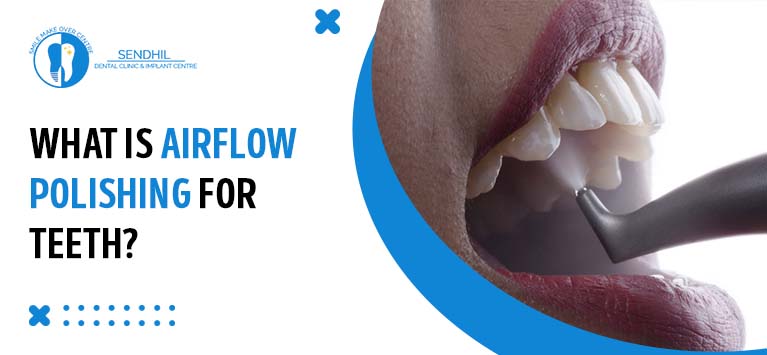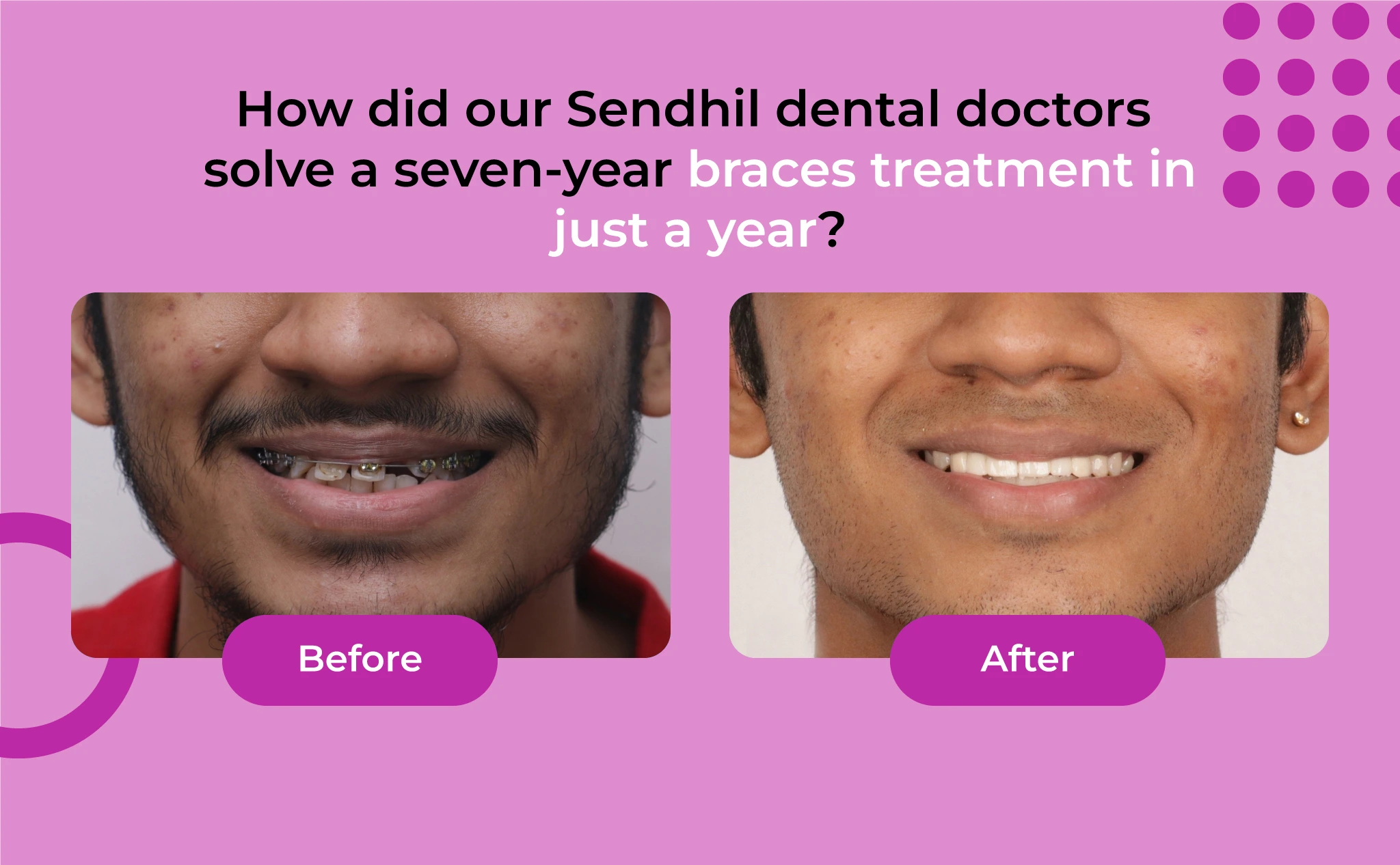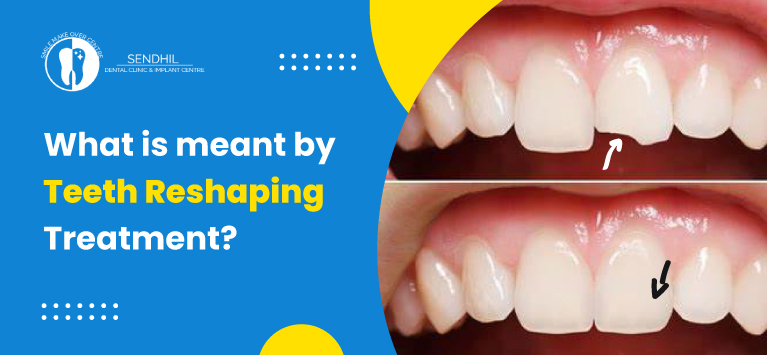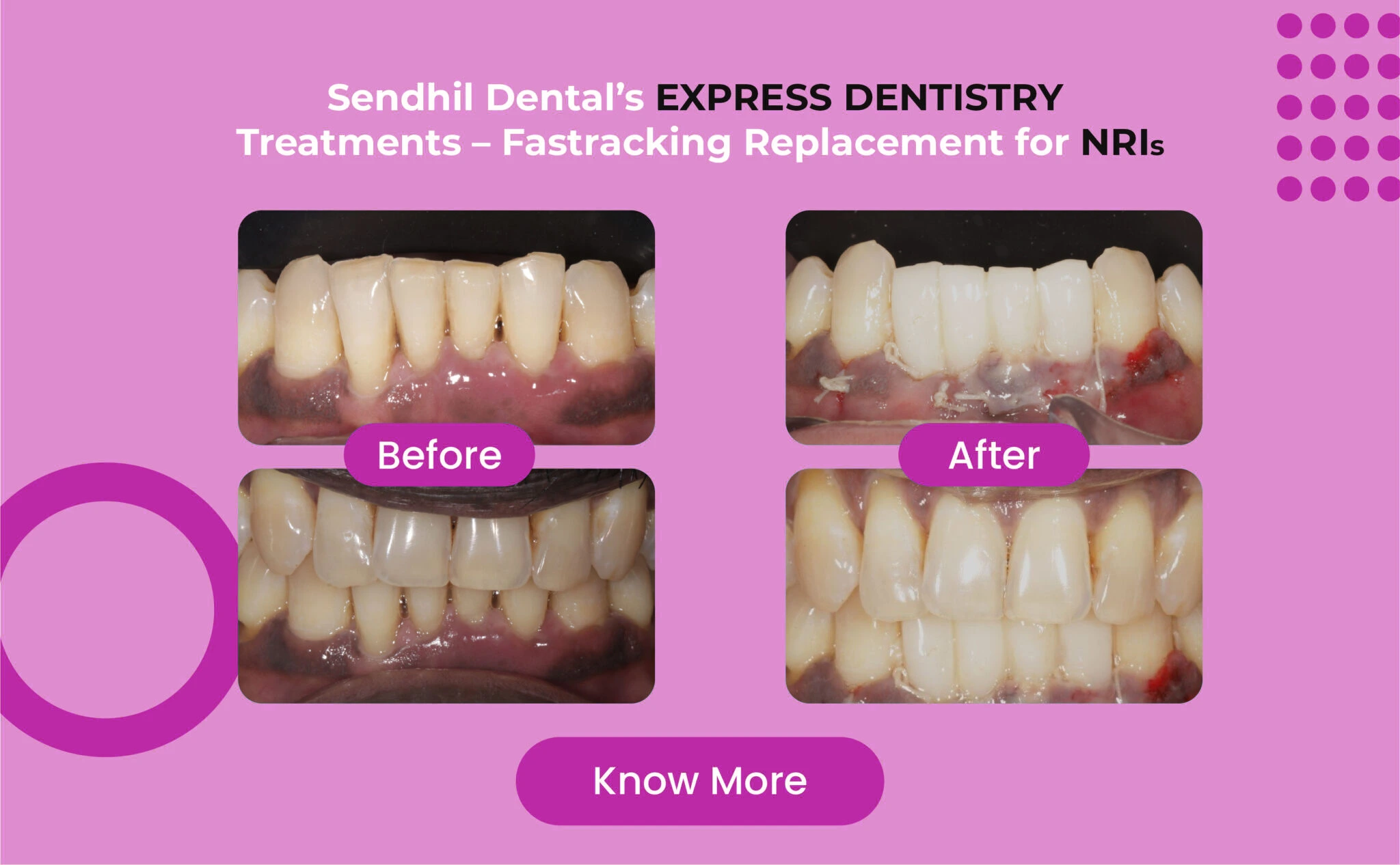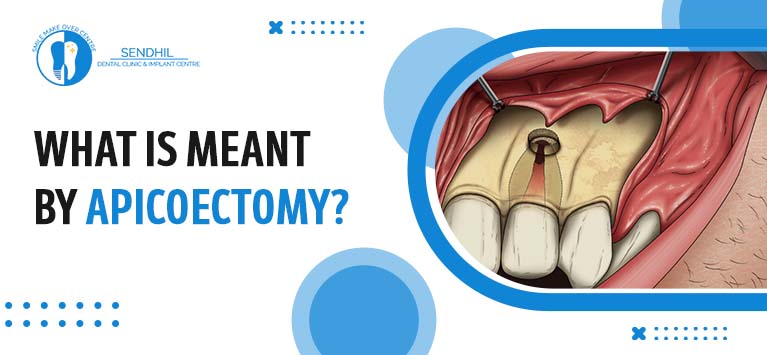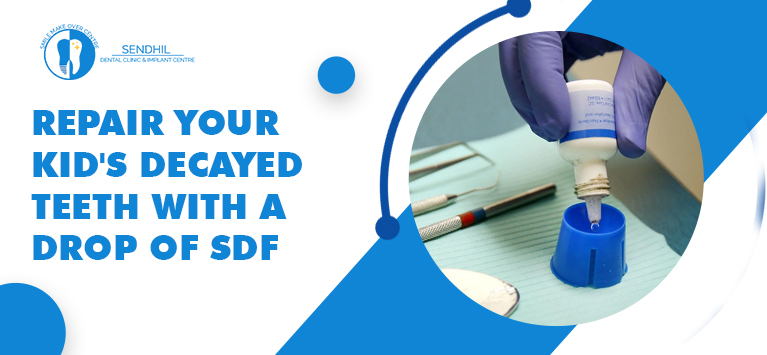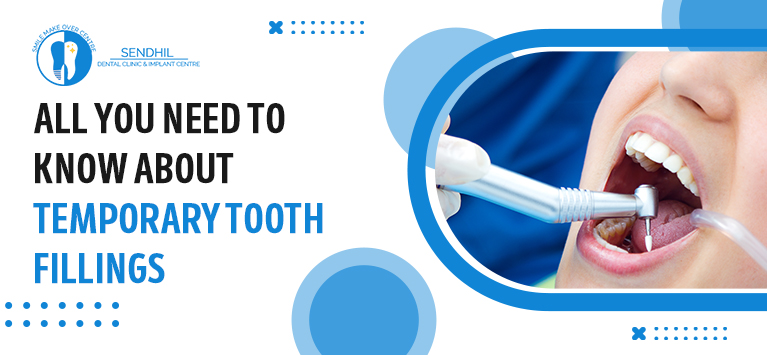
All You Need to Know About Temporary Tooth Fillings
A dental filling is often used in the teeth to repair a cavity or tooth decay. But why does your dentist use temporary fillings? There are many reasons your dentist uses temporary dental fillings in your teeth. Keep reading this blog article to learn about temporary fillings and their reasons.
Table of Contents
What are temporary dental fillings?
A temporary filling is a nonpermanent structure used to repair a damaged tooth. These fillings are not meant to last because they are only temporary. They work to hold a temporary filling-in position until you visit the dentist again to have a permanent filling placed.
Dental fillings are usually made of various materials, such as tooth-colored composite resins, porcelain, or dental amalgam. Temporary fillings are so much softer and consist of materials like glass ionomers and zinc phosphate cement.
When are temporary fillings utilized?
Placing a temporary filling can be done quicker than placing a permanent one.
If you have a tooth cavity that is causing you intense, sharp pain, you can get a temporary filling as an emergency treatment.
Temporary fillings can be used under certain conditions. There are many reasons for using temporary tooth fillings. Here are some
- Used as an emergency cavity treatment.
- Used as a temporary cap for dental crowns.
- Used as the temporary seal for the teeth to prevent bacteria from developing other dental problems.
- Used as a medicated filling to settle sensitive nerves.
- Used to treat your teeth over the course of several visits.
Materials used for temporary fillings
A temporary filling is made of softer materials that are easy to remove because they are not intended to last. When mixed with saliva, some materials become harder.
A filler can be made of various materials, such as :
- Zinc phosphate cement
- Zinc oxide eugenol
- Cavity
- Glass ionomers
- Intermediate restorative materials
How long does it last?
Permanent dental fillings are made to last decades, but temporary restorations are only designed to last for a few weeks.
How do you care for temporary fillings?
Even temporary fillings are not as durable as permanent fillings, so you should take care of them carefully until you visit your dentist again.
- Try to chew the other side of your mouth instead of using the filling side.
- Avoid foods with temporary fillings, such as hard and sticky nuts, candies, etc. Eat soft meals, such as mashed potatoes and soup.
- Use a toothbrush with soft bristles and brush your teeth gently.
- Be careful when you floss your teeth.
Bottom line
A temporary dental filling is a great way to protect your damaged teeth while you wait for a permanent one. If your filling comes out or feels damaged, visit your dentist immediately to avoid any complications. He/she can either fix it or replace it.


